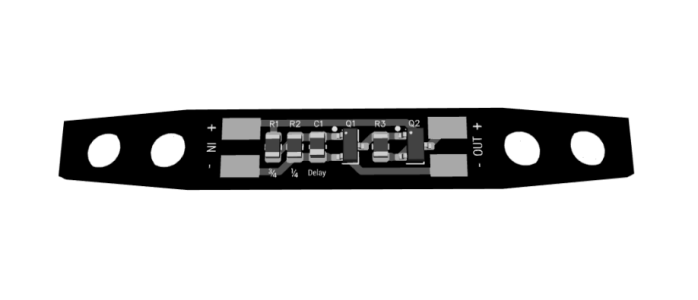Hi Uvi,
I tried the Vocomo switch too (see my first message in this thread), both the V1 and V2 version. They don't work as they should and I saw the exact same behaviour you describe. The problem is not the Vocomo switch but an internal issue in the WiiM as described by coppo23 above. There is no ready-made commercial solution for this problem, and it most likely cannot be solved by a software update.
The only solution is to build something yourself or have someone do it for you as per the circuits described above (tested by me and coppo23, working fine), or use an SSR as mentioned in the first message (also tested and working, however see my remarks in my first message). It's not difficult to make for someone with some experience in electronics and soldering.
I tried the Vocomo switch too (see my first message in this thread), both the V1 and V2 version. They don't work as they should and I saw the exact same behaviour you describe. The problem is not the Vocomo switch but an internal issue in the WiiM as described by coppo23 above. There is no ready-made commercial solution for this problem, and it most likely cannot be solved by a software update.
The only solution is to build something yourself or have someone do it for you as per the circuits described above (tested by me and coppo23, working fine), or use an SSR as mentioned in the first message (also tested and working, however see my remarks in my first message). It's not difficult to make for someone with some experience in electronics and soldering.
Last edited:









